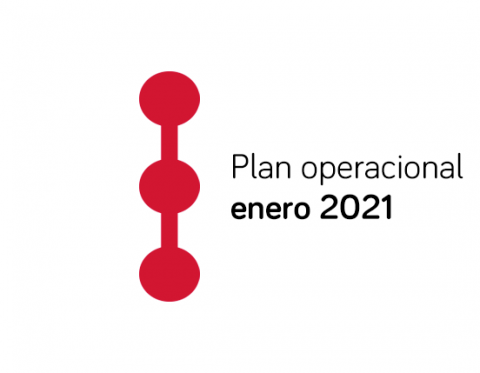We enable the Solo Bus Track on the way to Melipilla, the largest in Santiago

The enablement of 109 km of new Solo Bus Tracks in the Metropolitan Region leads a 83% advance. These priority roads for public transport and emergency vehicles are being implemented in 33 axes of 18 communes in our city.
Authorities of the Ministry of Transport and Telecommunications disclosed the state of progress of the 109 km of new Solo Bus Tracks for the exclusive use of public transport and emergency vehicles, indicating that 90.89 km have already been inaugurated, i.e. 83% advance.
The opening of these tracks is part of the National Mobility Plan, announced almost five months ago, which includes measures to adapt the country’s cities to the requirements arising after the Covid-19 pandemic.
Of the 109 km of new Solo Bus Tracks, the last to start its white march was Av. I walk to Melipilla, in the area of Maipú, which contemplates 16.3 kilometers in both ways, between Av. Esquina Blanca and Parque Central, being the largest in the Metropolitan Region.
“This initiative allows to increase the speed of public transport by at least 18%”
This reduces travel times and passenger exposure, also avoiding crowds on buses and stops.
It is estimated that at the beginning of 2021 the execution of the 109 km of new Solo Bus Tracks was completed, still being in demarcation work that of the Balmaceda axis, in Puente Alto, Av. Salvador in Auñoa and Providencia, the axis of Av. Manuel Rodríguez, in Santiago, and Av. Santa Rosa in San Ramón and La Granja.
To this work, interventions are added in bus stops to promote physical estating and the permanent sanitization of buses. The call is to continue self-care measures, mainly the permanent use of masks and alcohol gel during journeys by public transport to reduce the risk of contagion.
National Mobility Plan
The National Mobility Plan has allocated resources at the national level, with the Metropolitan Region having the most projects allocated, with 31 initiatives benefiting 28 areas, such as La Granja, Lo Espejo, La Pintana, San Miguel and San Ramón in the southern part of Santiago; Conchalí, Quilicura, Recoleta and Independencia in the north; and Lo Prado, Maipú, Quinta Normal and Cerrillos in the Poniente area, among other areas in the capital.
Among the works carried out are temporary cycles, Tokyo Crossings, as well as improvements of bus stops and demarcations of physical estating in environments and walks. The objective of the National Mobility Plan is to prioritize the use of the city, with a main focus on the health shelter of people, the recovery of public transport and to deliver new spaces for those who move in other sustainable non-motorized modes, such as bicycles and scooters.



